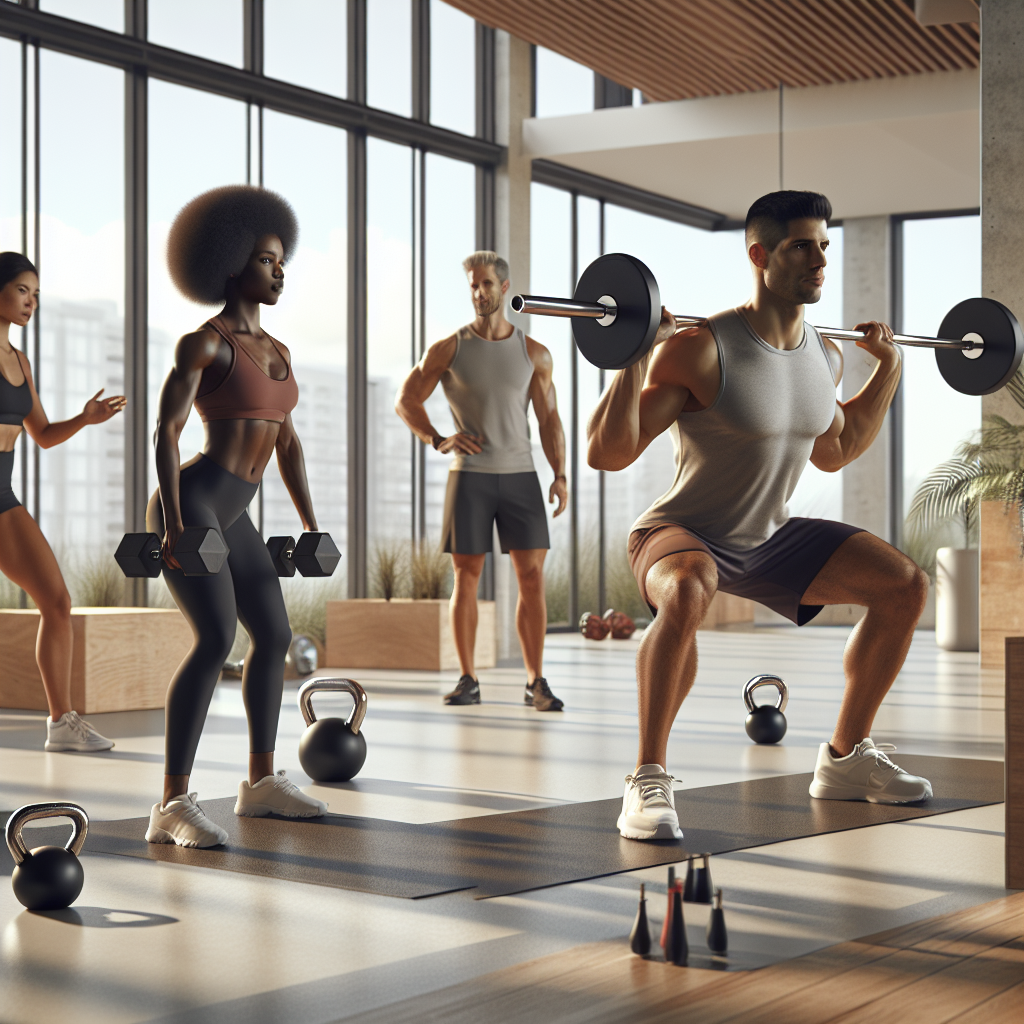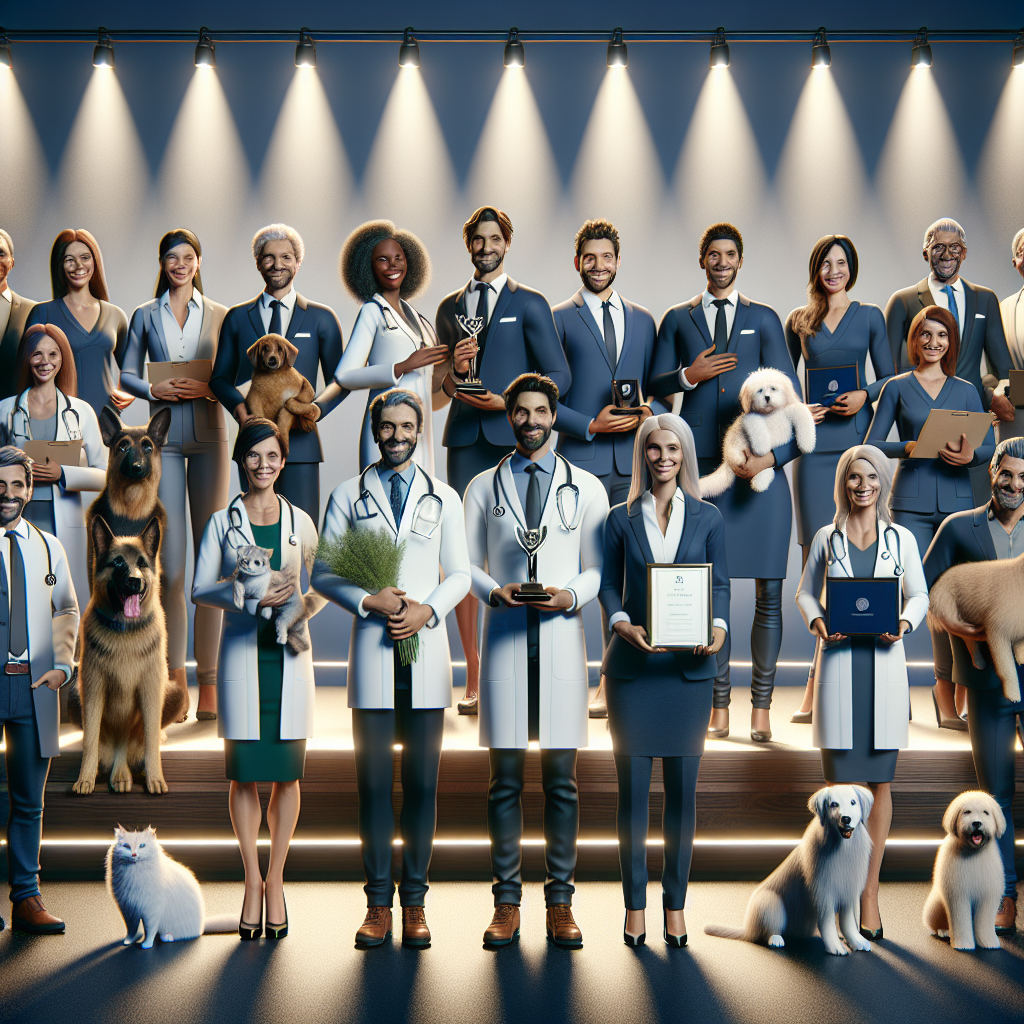Transform Your Legs: GHF Shares Essential Leg Exercises
Working on your lower body strength can be a game-changer for overall fitness. Whether you’re an athlete aiming to boost performance or someone who simply wants toned, powerful legs, targeting all major muscle groups in your legs is key. Gainesville Health & Fitness (GHF) has put together a straightforward guide to help you transform your legs with smart, effective moves.
Why Leg Exercises Matter
When people talk about full-body workouts, leg day sometimes takes a back seat. Yet strengthening your legs supports better posture, improves balance, and increases calorie burn. Strong legs also:
- Enhance sports performance: Sprint faster, jump higher, and cut sharper.
- Reduce injury risk: Proper leg strength and stability protect knees and ankles.
- Boost daily function: Climbing stairs, lifting groceries, and even standing for long periods become easier.
If you want a primer on anatomy and exercise science, the Mayo Clinic has a useful overview of muscle groups in your legs (external link): Mayo Clinic: Leg Exercises.
Core Leg Exercises to Include
GHF recommends focusing on compound and isolation movements that work your quads, hamstrings, glutes, and calves. Below are five foundational exercises you can rotate through your routine. Aim for two to three leg-focused sessions per week, allowing at least one rest day in between.
1. Barbell Squats
Squats are the gold standard for building lower-body strength. They target quads, glutes, hamstrings, and your core.
- Setup: Stand with feet shoulder-width apart, barbell resting on your traps.
- Action: Sit back and down as if lowering into a chair. Keep chest up and knees over toes.
- Depth: Aim for your thighs to be parallel to the floor.
- Reps: 3–4 sets of 8–12 reps.
For tips on form and variations, check out this video guide on bodybuilding.com (external link): Barbell Back Squat Tutorial.
2. Romanian Deadlifts (RDLs)
RDLs focus on your posterior chain—hamstrings and glutes—while also challenging your lower back.
- Setup: Hold a barbell or dumbbells at hip height with an overhand grip.
- Action: Hinge at the hips, sliding the weight down your thighs. Keep a slight bend in your knees.
- Range: Lower until you feel a stretch in the hamstrings, then drive hips forward to stand.
- Reps: 3 sets of 10–12 reps.
3. Walking Lunges
Walking lunges build unilateral strength, helping to correct imbalances between legs.
- Stride: Take a big step forward, lower your back knee toward the floor.
- Core: Keep your torso upright and your front knee aligned with toes.
- Progression: Hold dumbbells or use a weighted vest.
- Reps: 2–3 sets of 12–16 steps per leg.
4. Bulgarian Split Squats
This split-stance move loads one leg at a time, boosting stability and glute activation.
- Position: Place your back foot on a bench or sturdy surface.
- Movement: Lower your front thigh until it’s parallel to the floor, then rise.
- Variation: Try bodyweight first, then add dumbbells for resistance.
- Reps: 3 sets of 8–10 reps per leg.
5. Calf Raises
Often overlooked, calf raises strengthen your gastrocnemius and soleus muscles for better ankle stability.
- Setup: Stand on a step or block with heels hanging off.
- Action: Lift heels as high as possible, pause, then lower below step level.
- Variations: Perform single-leg calf raises for extra challenge.
- Reps: 4 sets of 12–15 reps.
Programming Your Leg Routine
Choosing the right exercises is just half the battle. Here’s a simple template you can adjust based on your goals:
- Warm-up (5–10 minutes): Dynamic stretches or light cardio.
- Main lifts (Squats, Deadlifts): 3–4 sets each.
- Accessory moves (Lunges, Split Squats): 3 sets each.
- Finishers (Calf Raises, Box Jumps): 3–4 sets.
- Cool-down: Stretch quads, hamstrings, glutes, and calves.
For more structure and periodization ideas, you can explore the American Council on Exercise’s resources (external link): ACE: Designing the Perfect Leg Day.
Pro Tips to Maximize Your Results
- Mind-muscle connection: Focus on squeezing glutes at the top of each rep.
- Progressive overload: Gradually increase weight, reps, or sets to avoid plateaus.
- Recovery: Sleep, nutrition, and foam rolling speed up muscle repair.
- Form check: Film yourself or work with a trainer to maintain proper technique.
If you’re building a simple fitness tracking tool or logging workouts, learn to set up your coding environment with a quick guide on VS Code: VS Code Installation.
Adding Digital Motivation
Visual progress can be a big motivator. Consider creating an image gallery of your progress shots. This Top 10 Image Galleries tutorial can help you display those pictures beautifully on your site or social media.
Or, if you want to build a simple class in Python to handle workout data—sets, reps, weights—check out this easy-to-follow resource: How to Create a Class in Python.
Conclusion
Transforming your legs takes consistent effort, the right exercises, and smart programming. By focusing on compound moves like squats and RDLs, and adding unilateral work like lunges, you’ll develop balanced strength, improve athletic performance, and reduce injury risk. Remember to track your progress—physically and digitally—and keep challenging yourself with incremental increases. Your legs will thank you with power and resilience you can feel, both in the gym and in daily life.






